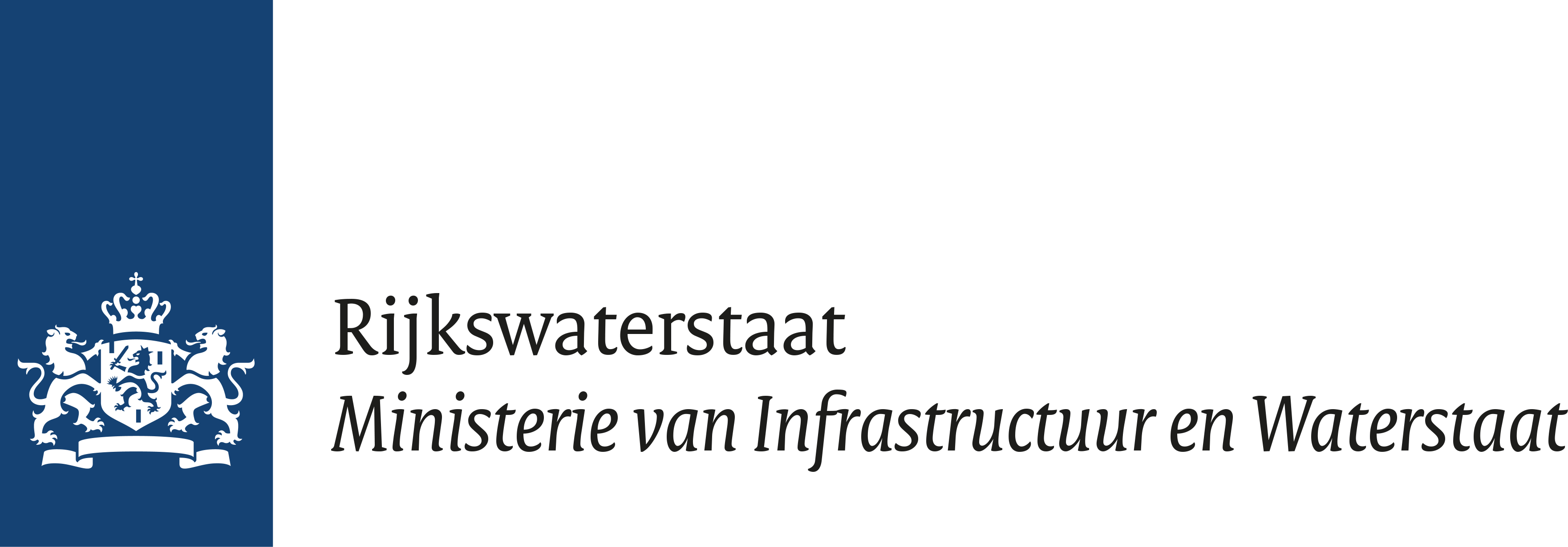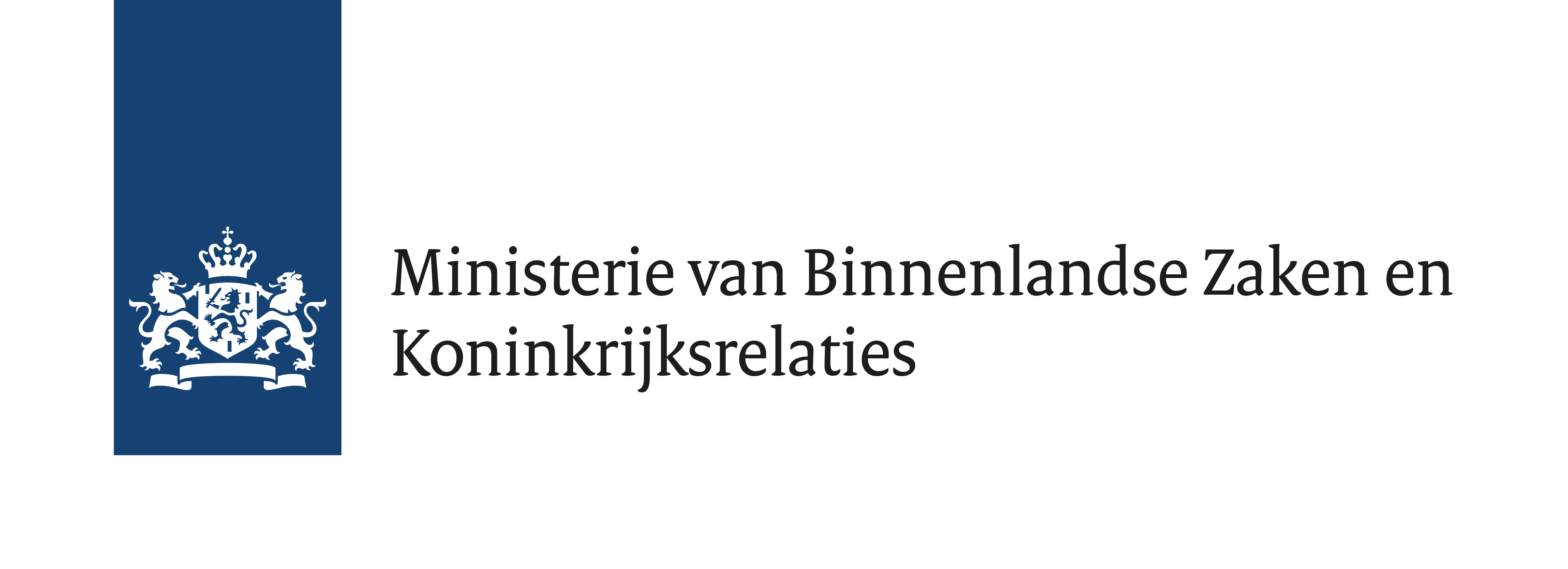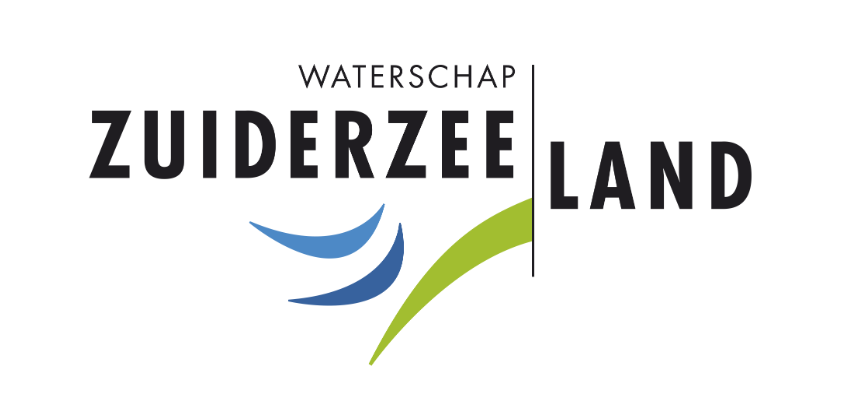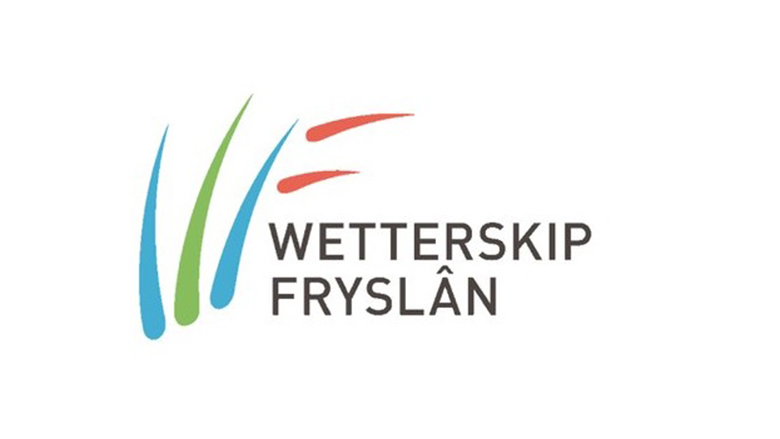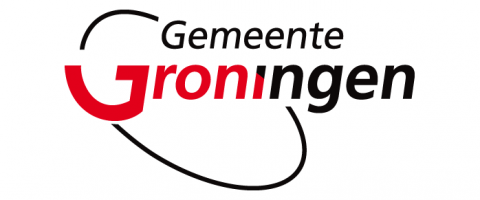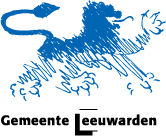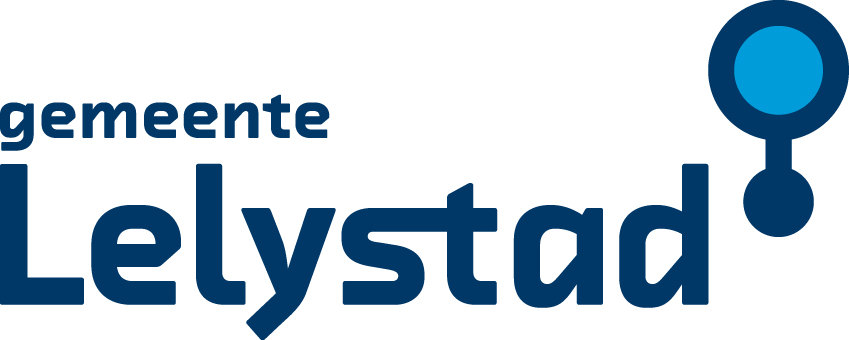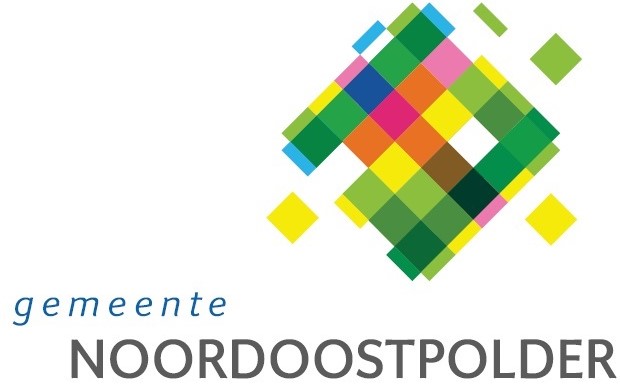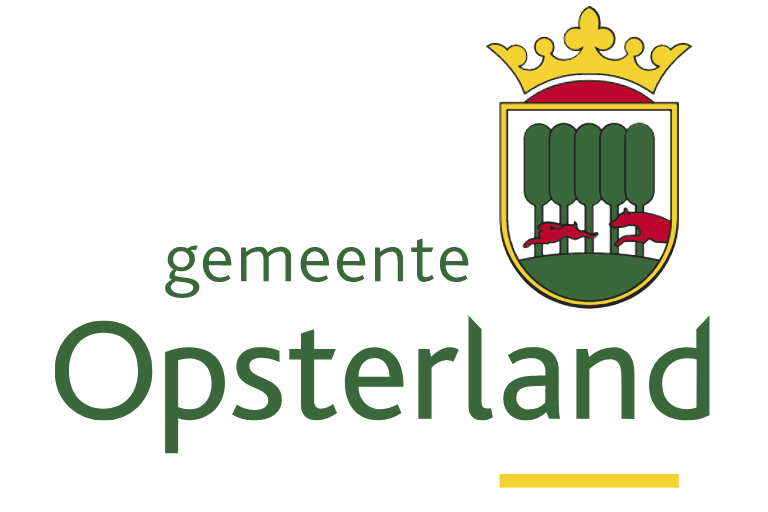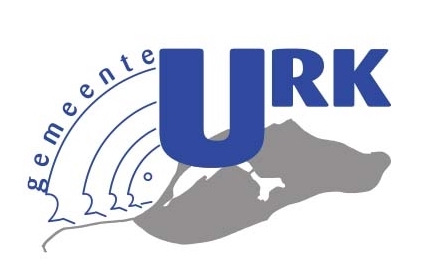06 February 2024
Development perspective 2050: mapping the impact of Lelylijn
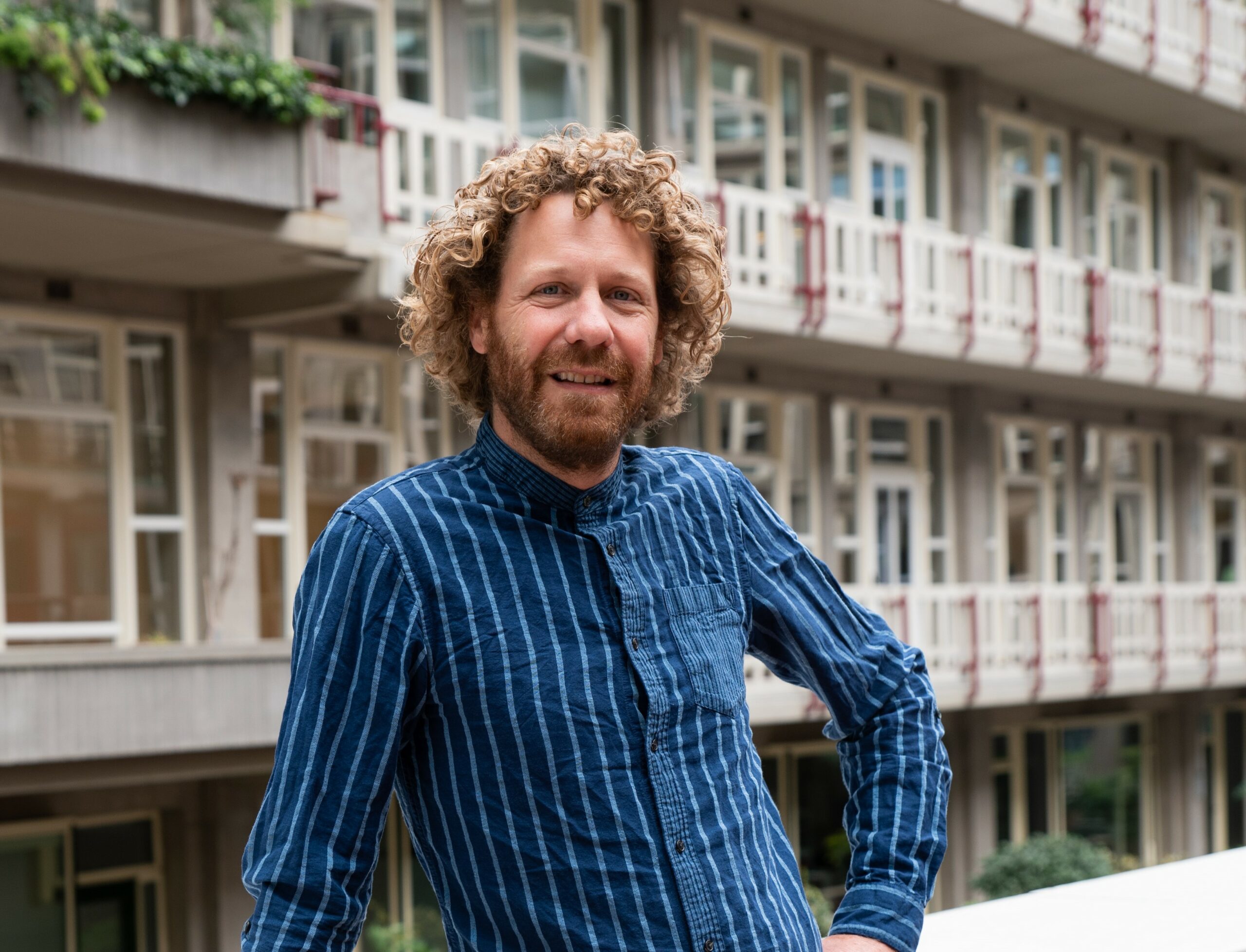
Studio Bereikbaar has been commissioned by the project organization Lelylijn to produce a 2050 development perspective. This document, intended to provide insight into the opportunities and challenges of the construction of the Lelylijn, plays an important role in the decision-making process scheduled for the end of 2024. Wieger Savenije tells us how this development perspective came about.
What does Studio Reachable do?
“Studio Bereikbaar is a consulting firm that focuses on the interface between mobility and space. Our expertise lies in the broad assessment of mobility issues in relation to urbanization issues and the design of areas.”
What is your role within project the Lelylijn?
“Our assignment does not focus on the technical design, but on exploring opportunities that the Lelylijn offers for the Northern Netherlands. We started with a charcoal sketch to identify the possibilities of the Lelylijn. We examine the potential impact of the Lelylijn on its immediate surroundings, and we look at the prospects for surrounding areas and cities. Based on our findings, we are creating a development perspective.”
What does the research look like?
“We use design-based research. This means that we first look at the challenges in the Northern Netherlands together (i.e. with the authorities involved). What are possible solutions and which building blocks can possibly improve the situation? From these building blocks, we create a number of lines of thought. Together with the project organization Lelylijn we are organizing workshop days and workshops to brainstorm together with experts and stakeholders about the future of the area. Together we will look at map images and consider, for example, where we can add housing and how we can simultaneously ensure that nature is given a chance. We explore a number of these kinds of questions together during the creation days. It strikes me that there is constructive cooperation and thinking from within the region. As a result, we see that this subject is very much alive.”
What do you think are the biggest challenges within this project?
“We would like to preserve the space and quality in the Northern Netherlands. On the other hand, we think that the Lelylijn is necessary to make this happen, that without this intervention the qualities of the Northern Netherlands will slowly deteriorate (due to, for example, aging or cluttering of the area). The question is how do we ensure that current qualities are preserved when we construct the Lelylijn? Another challenge is finding the right balance between the impact for the individual versus the benefit for society.”
Is the Lelylijn different from other projects?
“Absolutely, the Lelylijn is unique in scale. And what is new is that it looks at the effects on broad welfare from the beginning. It’s not just about the effect on accessibility (faster travel time, for example), but precisely the effect of this on prosperity and quality of life in the Northern Netherlands.”
What is the current state of affairs?
“We have a charcoal sketch ready and are working on the development of different schools of thought.
The schools of thought should help to have the conversation and look at the choice from different sides, such as space for nature, the economic aspect, etc. It is not the intention to choose between one of the schools of thought later on. We combine the elements from the different schools of thought and use them to create the Development Perspective. The first schools of thought for the Development Perspective will be ready soon and will be shared in March 2024.”
How is a choice made?
“The development perspective will be a map along with relevant background information. Our job is to provide clear information so that administrators can make informed decisions in November. Several perspectives are expected to remain at this stage of the study. The final product should be on the table at the November 2024 board meeting. Directors will then decide whether the project Lelylijn can move to the next phase.”







